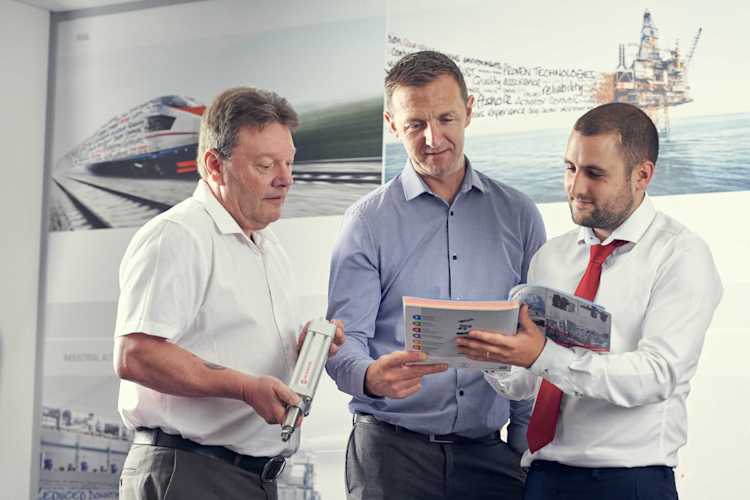What is a Stainless Steel Cylinder?
Find out why stainless-steel cylinders are ideally suited for food and beverage – and how to choose the right one for your application.
23/10/2019

- You are here
View your account information including order history, saved baskets and delivery addresses.